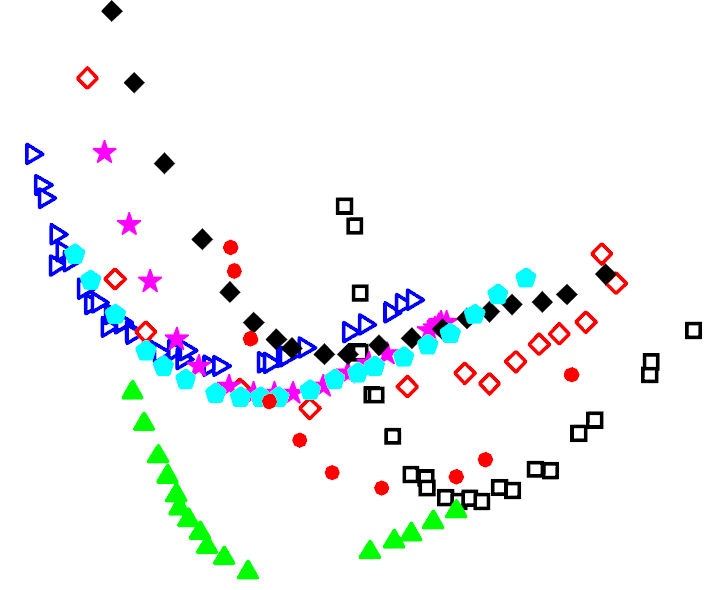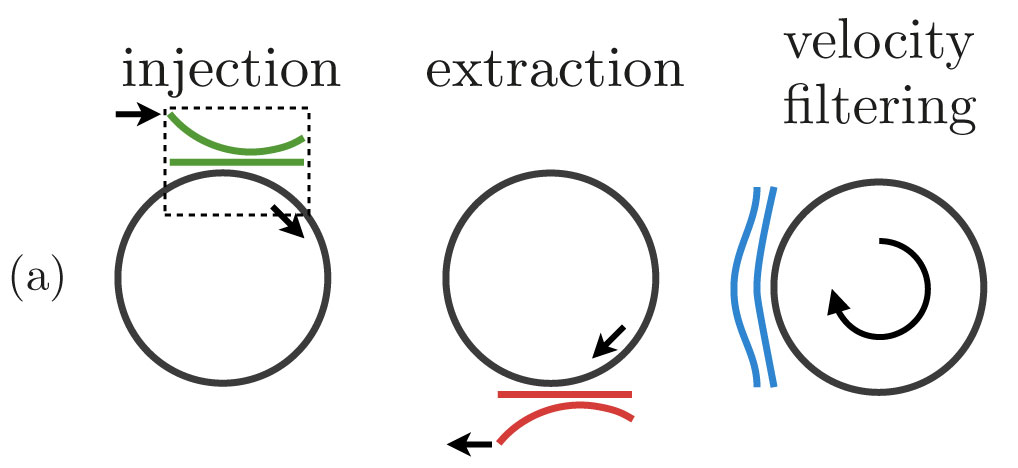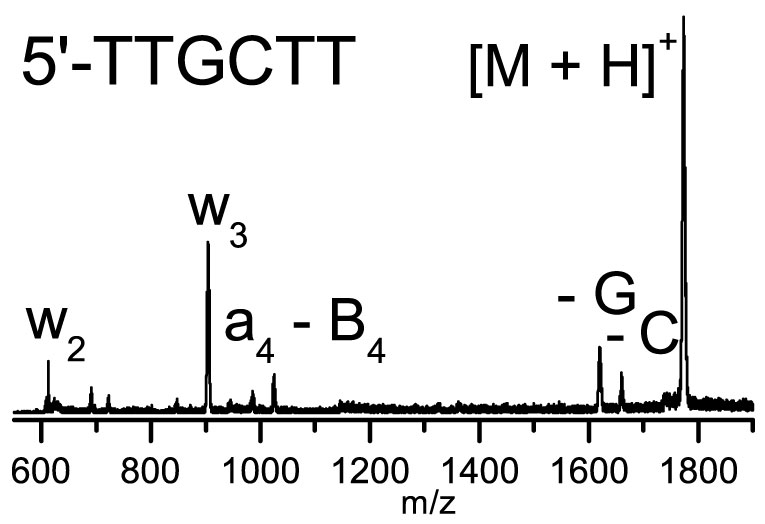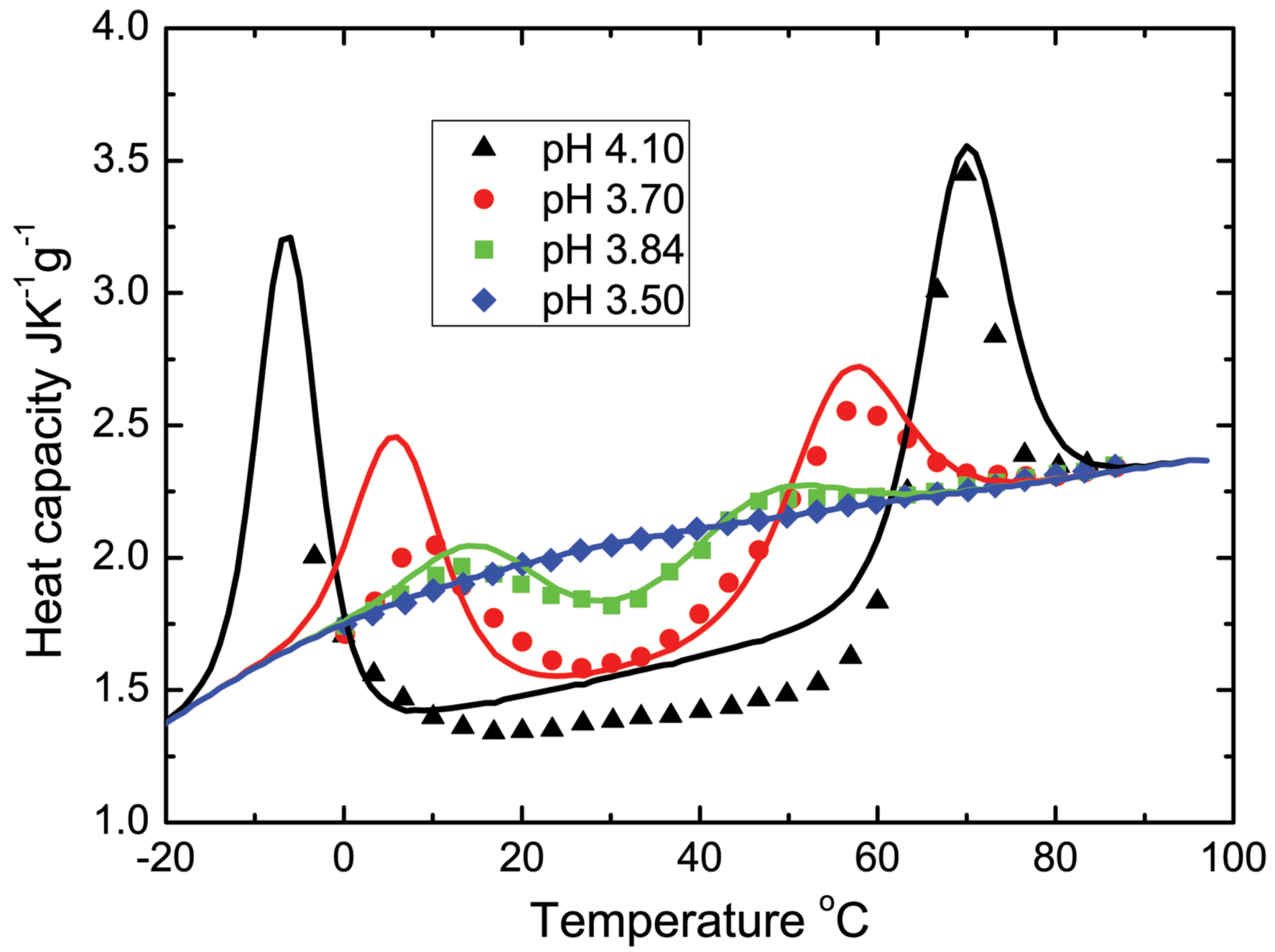News
EPJ D Topical Review - Gas breakdown and secondary electron yields
- Details
- Published on 17 July 2014

In this EPJ D topical review, the authors present a systematic study of gas breakdown potentials. An analysis of the key elementary processes involved in low-current low-pressure discharges is given, with the aim of illustrating how such discharges are used to determine swarm parameters and how such data may be applied to the modeling of discharges.
EPJ B Highlight - Unleashing the power of quantum dot triplets
- Details
- Published on 08 July 2014

Another step towards faster computers relies on three coherently coupled quantum dots used as quantum information units, which could ultimately enhance quantum computers’ speed
Quantum computers have yet to materialise. Yet, scientists are making progress in devising suitable means of making such computers faster. One such approach relies on quantum dots—a kind of artificial atom, easily controlled by applying an electric field. A new study demonstrates that changing the coupling of three coherently coupled quantum dots (TQDs) with electrical impulses can help better control them. This has implications, for example, should TQDs be used as quantum information units, which would produce faster quantum computers due to the fact that they would be operated through electrical impulses. These findings have been published in EPJ B by Sahib Babaee Tooski and colleagues affiliated with both the Institute of Molecular Physics at the Polish Academy of Sciences, in Poznan, Poland, the University of Ljubljana and the Jožef Stefan Institute in Slovenia.
EPJ B Colloquium - Next generation interatomic potentials for condensed matter systems
- Details
- Published on 08 July 2014

More efficient computational methods are urgently needed to capture condensed matter systems in simulations. Electronic structure methods, such as density-functional theory (DFT), usually provide a good compromise between accuracy and efficiency, but they demand much computational power. For this reason, they are only applicable to small systems containing a few hundred atoms at most. Conversely, many interesting phenomena involve much larger systems comprising thousands of atoms or more. Considerable effort has been invested in the development of potentials that enable simulations to run on larger system and for longer times. Typically these potentials are based on physically-motivated functional forms. Therefore, while they perform very well for the specific applications for which they have been designed, they cannot easily be transferred from one system to another. Moreover, their numerical accuracy is restricted by the intrinsic limitations of the imposed functional forms. In this EPJ B Colloquium, Handley and Behler survey several novel types of potentials emerged in recent years, which are not based on physical considerations.
EPJ E Highlight - Refined biological evolution model
- Details
- Published on 07 July 2014

A new study accounts for species interactions, and adds a layer of complexity to previous minimalists models
Models for the evolution of life are now being developed to try and clarify the long-term dynamics of an evolving system of species. Specifically, a recent model proposed by Petri Kärenlampi from the University of Eastern Finland in Joensuu accounts for species interactions with various degrees of symmetry, connectivity, and species abundance. This is an improvement on previous, simpler models, which apply random fitness levels to species. The findings published in EPJ E demonstrate that the resulting replicator ecosystems do not appear to be a self-organised critical model, unlike the so-called Bak-Sneppen model; a reference in the field. The reasons for this discrepancy are not yet known.
EPJ A Highlight - Photocouplings at the Pole from Pion Photoproduction
- Details
- Published on 01 July 2014

While the strong force is well understood at high energies in terms of perturbative QCD, the precise mechanism responsible for the confinement of quarks and gluons in color-neutral hadrons at low energies remains a mystery to date. The intermediate energy region is characterized by rich and complex spectra of excited baryons and mesons. Its phenomenology provides a key to our understanding of the fundamental properties of matter.
EPJ D Highlight - Ultra-cold atom transport made simple
- Details
- Published on 30 June 2014

New study provides proof of the validity of a filtering device for ultra-cold neutral atoms based on tunnelling
Techniques for controlling ultra-cold atoms travelling in ring traps currently represent an important research area in physics. A new study published in EPJ D gives a proof of principle, confirmed by numerical simulations, of the applicability to ultra-cold atoms of a very efficient and robust transport technique called spatial adiabatic passage (SAP). Yu Loiko from the University of Barcelona, Spain, and colleagues have, for the first time, applied SAP to inject, extract, and filter the velocity of neutral atoms from and into a ring trap. Such traps are key to improving our understanding of phenomena involving ultra-cold atoms, which are relevant to high-precision applications such as atom optics, quantum metrology, quantum computation, and quantum simulation.
EPJ D Highlight - Improving tumour radiation therapy: when basic ions break DNA down
- Details
- Published on 30 June 2014

A new study relevant for cancer radiation therapy shows that DNA building blocks are susceptible to fragmentation on contact with the full range of ions from alkaline element species
Scientists now have a better understanding of how short DNA strands decompose in microseconds. A European team found new fragmentation pathways that occur universally when DNA strands are exposed to metal ions from a family of alkaline and alkaline earth elements. These ions tend to replace protons in the DNA backbone and at the same time induce a reactive conformation leading more readily to fragmentation. These finding have been published by Andreas Piekarczyk, from the University of Iceland, and colleagues in a study in EPJ D. They could contribute to optimising cancerous tumour therapy through a greater understanding of how radiation and its by-products, reactive intermediate particles, interact with complex DNA structures.
Ludwik Leibler awarded the EPJE Pierre-Gilles De Gennes Lecture Prize for 2014
- Details
- Published on 23 June 2014

The journal EPJE – Soft Matter and Biological Physics is pleased to honour Ludwik Leibler with the 2014 EPJE Pierre-Gilles De Gennes Lecture prize. Leibler is researcher at CNRS and Adjunct Professor at ESPCI ParisTech where he directs the Laboratory for Soft Matter and Chemistry. The Editors of the journal nominated him for his seminal contributions to polymer physics and the revolutionary polymeric materials, self-healing elastomers and vitrimers that he invented. This is the 4th edition of this prestigious prize, named after the Nobel laureate who founded EPJE. The prize consist of 1000 Euros and a plenary lecture that will be introduced by Daan Frenkel, co-Editor-in-Chief of EPJE. The EPJE Pierre-Gilles de Gennes lecture will be delivered July 22nd in Lisbon, during the 9th Liquid Matter conference of the European Physical Society.
EPJ D Highlight - Deeper insights into protein folding
- Details
- Published on 19 June 2014

Physicists have published a new theoretical foundation explaining the mechanism of protein folding and unfolding in water
Investigating the structure and dynamics of so-called Meso-Bio-Nano (MBN) systems—micron-sized biological or nanotechnology entities—is a rapidly expanding field of science. Now, scientists Alexander Yakubovich and Andrey Solov'yov from MBN Research Centre in Frankfurt, Germany, have produced a new theoretical study of a protein macromolecules changing from a coil structural conformation to a globular one. Their statistic mechanics model, just published in EPJ D, describes the thermodynamic properties of real proteins in an aqueous environment, using a minimal number of free physical parameters.
EPJ B Highlight - Ti-V alloys’ superconductivity: inherent, not accidental
- Details
- Published on 12 June 2014

All of the Ti-V alloys could display a relatively high superconducting transition temperature, as it is their unusual physical properties that influence this property, unlike previously thought
Physicists from India have shed new light on a long-unanswered question related to superconductivity in so-called transition metal binary alloys. The team revealed that the local magnetic fluctuations, or spin fluctuations, an intrinsic property of Titanium-Vanadium (Ti-V) alloys, influences superconductivity in a way that is more widespread than previously thought. They found that it is the competition between these local magnetic fluctuations and the interaction between electrons and collective excitations, referred to as phonons, which determine the superconductivity. Dr. Matin, from the Raja Ramanna Center for Advanced Technology, Indore, India, and colleagues published their findings in a study in EPJ B





